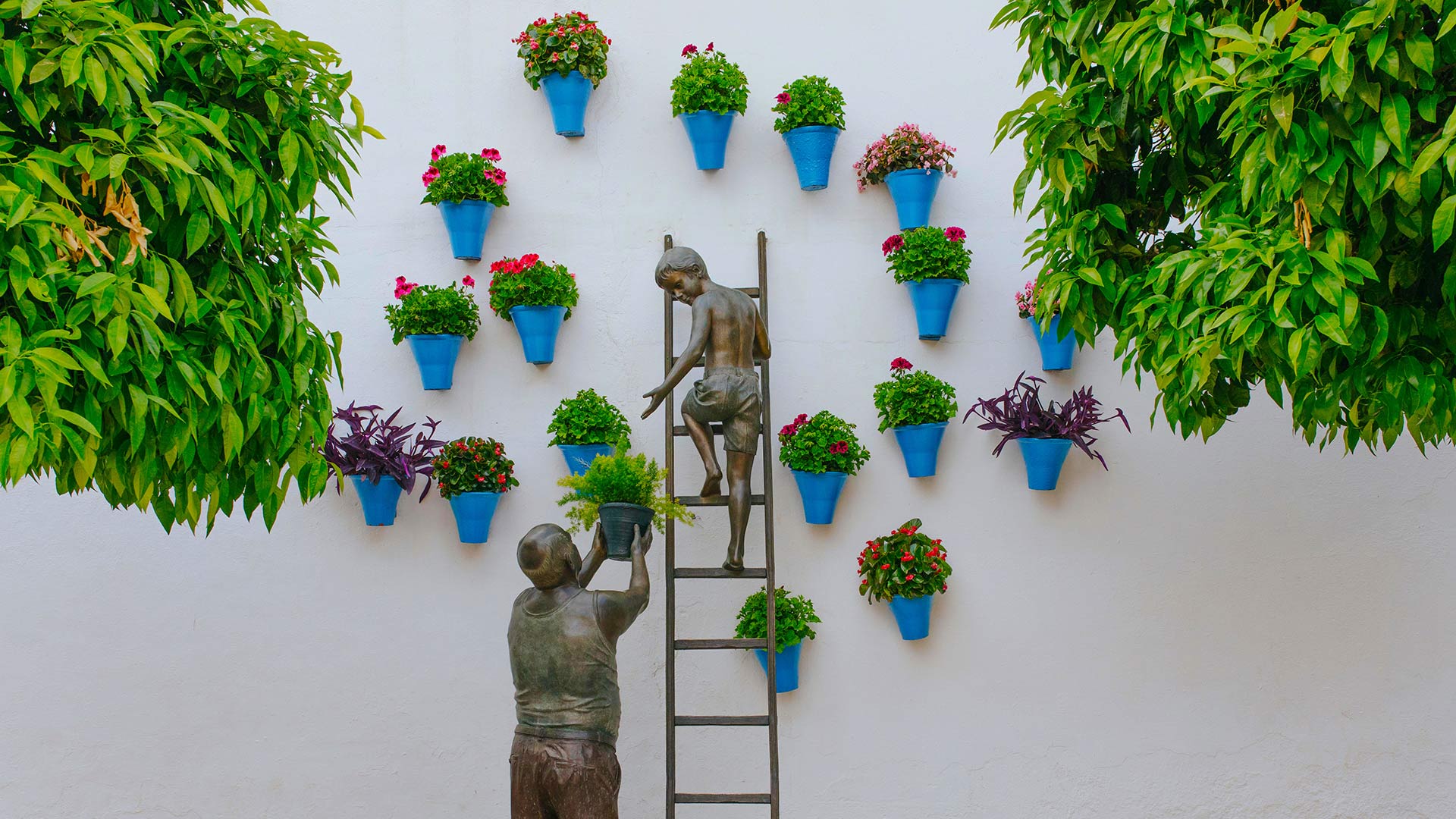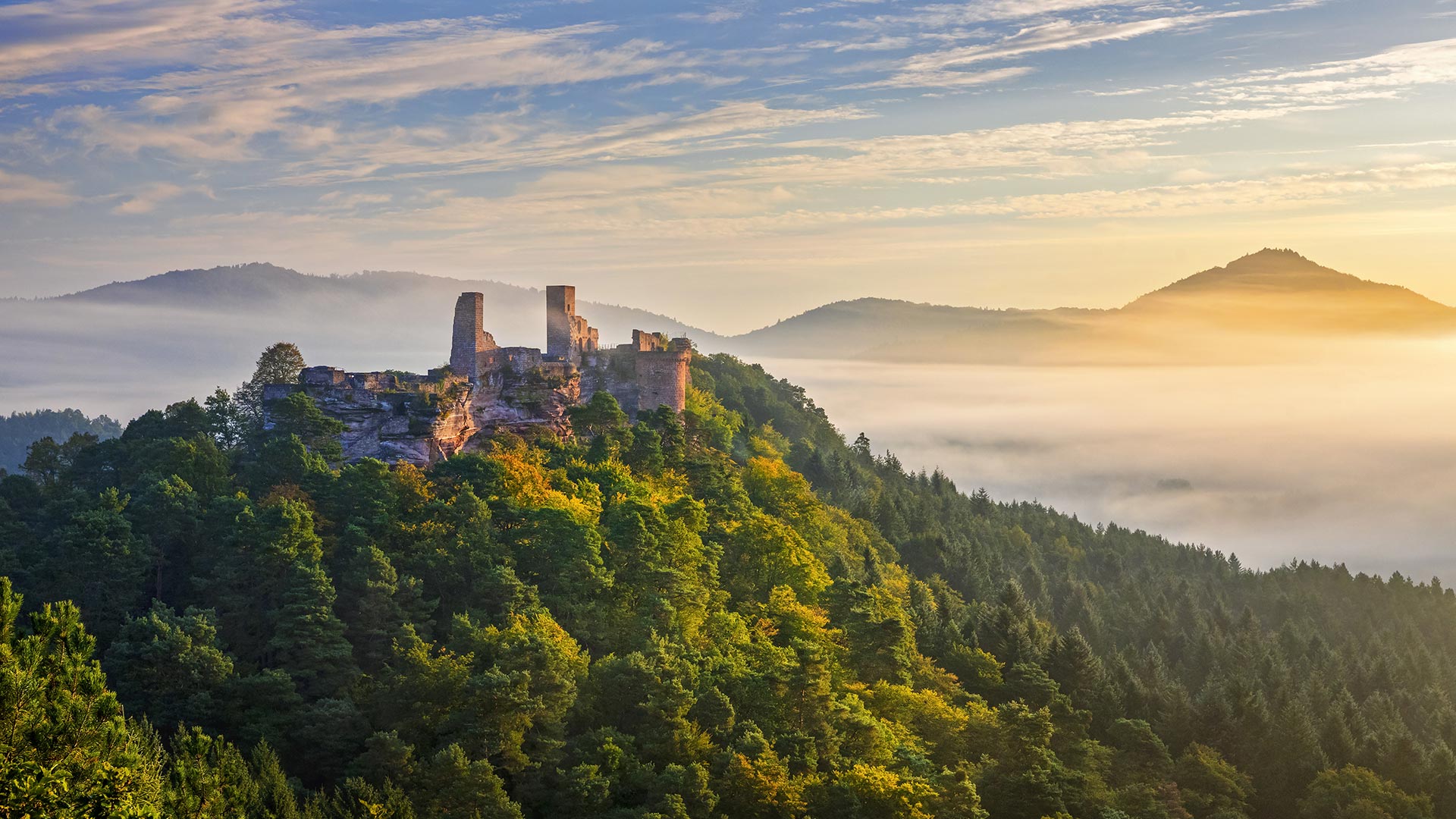2020年5月
正在照看花草的孩子和祖父铜雕,西班牙科尔多瓦 (© David M G/Alamy)
乌尤尼盐沼,玻利维亚 Salar de Uyuni, Bolivia (© Ignacio Palacios/Getty Images)
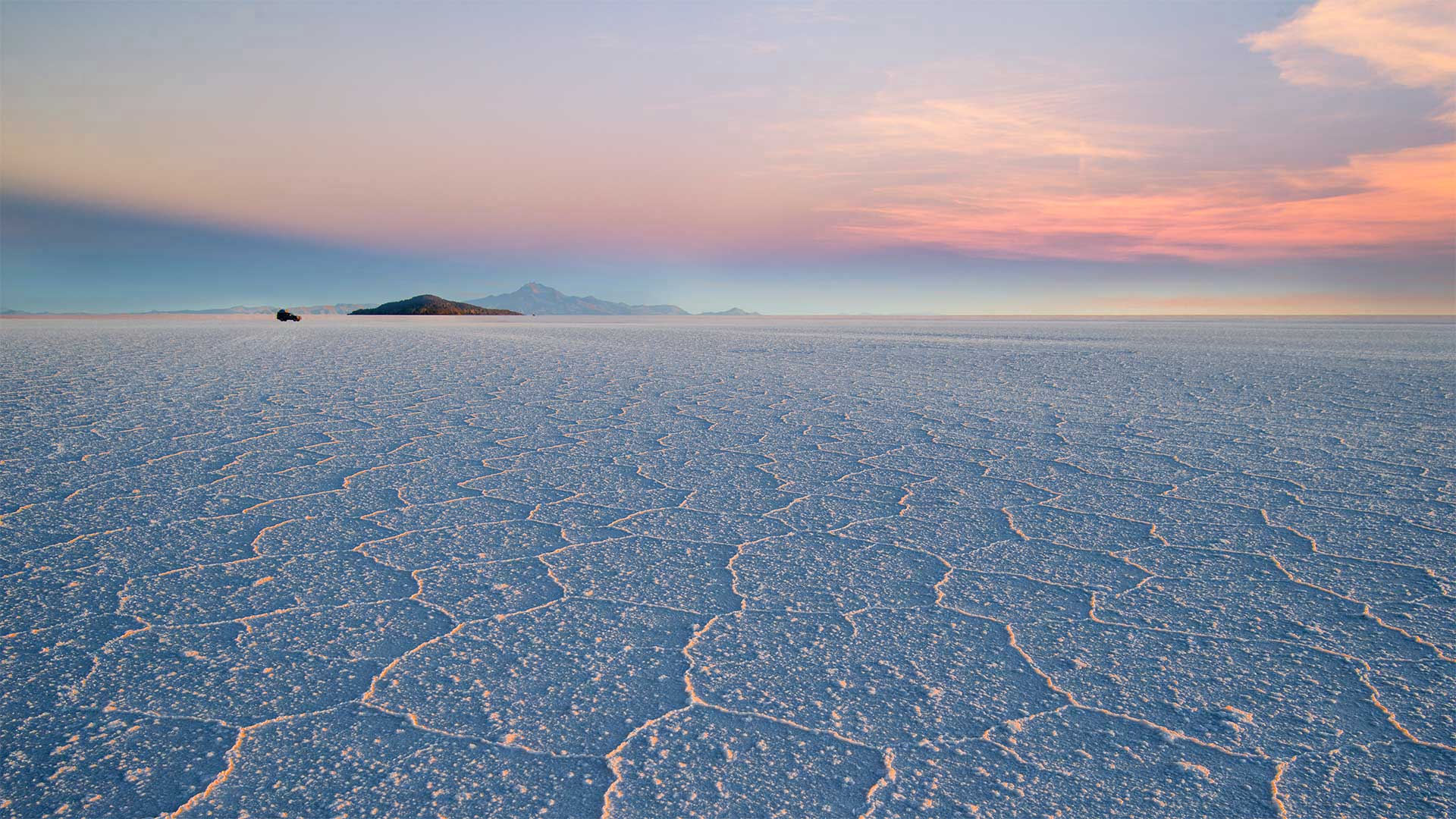
乌尤尼盐沼,玻利维亚 Salar de Uyuni, Bolivia (© Ignacio Palacios/Getty Images)
It's Star Wars Day
Does this area look familiar? If you're a 'Star Wars' fan you might recognize it as the planet of Crait, featured in 'The Last Jedi.' In reality it's Salar de Uyuni, the world's largest salt flat, found in southwest Bolivia. This otherworldly landscape is near the crest of the Andes, nearly 12,000 feet above sea level. It was formed by the transformations of prehistoric lakes which dried up in this area, leaving behind a salt crust several feet deep. After a rare rainfall, a thin layer of perfectly still water will transform the salt flat into a giant mirror 80 miles across.
We hope you're having a good Star Wars Day—and, as the saying goes, 'May the Fourth be with you.'
Kalaat M'Gouna的古堡遗址,摩洛哥 Ruins of a kasbah in Kalaat M'Gouna, Morocco (© Leonid Andronov/Getty Images)
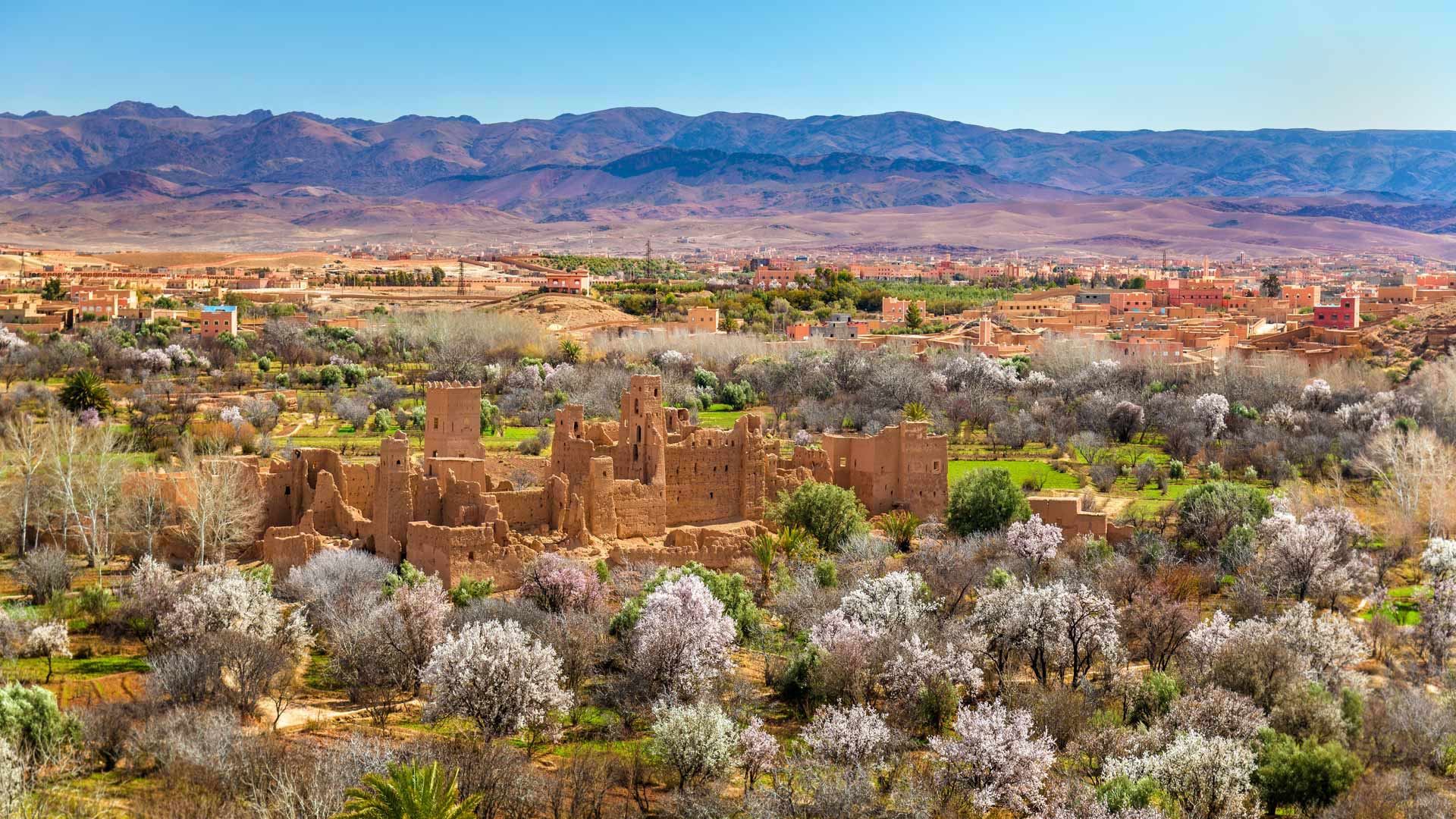
Kalaat M'Gouna的古堡遗址,摩洛哥 Ruins of a kasbah in Kalaat M'Gouna, Morocco (© Leonid Andronov/Getty Images)
Morocco in bloom
Millions of roses are harvested in May and June each year in the Dades Valley of Morocco, known as the Valley of Roses. (It's also known as the Valley of a Thousand Kasbahs, for the many traditional fortresses found here.) The Asif M'Goun River flows from high in the Atlas Mountains, bringing water to the lush valleys below. The town of Kalaat M'Gouna is the center of the rose harvest each spring, when thousands of pounds of roses are plucked from the valley's abundant bushes. Their fragrant petals are used to create the oil that goes into a potpourri of perfumes, creams, and other products that are for sale in local bazaars. No one knows how the roses originally appeared here, but it's said that a traveling merchant from Damascus, Syria, first brought them to the region hundreds of years ago, which gave the local rose its name: Damask.
Rhododendrons and azaleas blooming around Moon Bridge, Kubota Garden, Seattle, Washington (© Mary Liz Austin/Alamy)
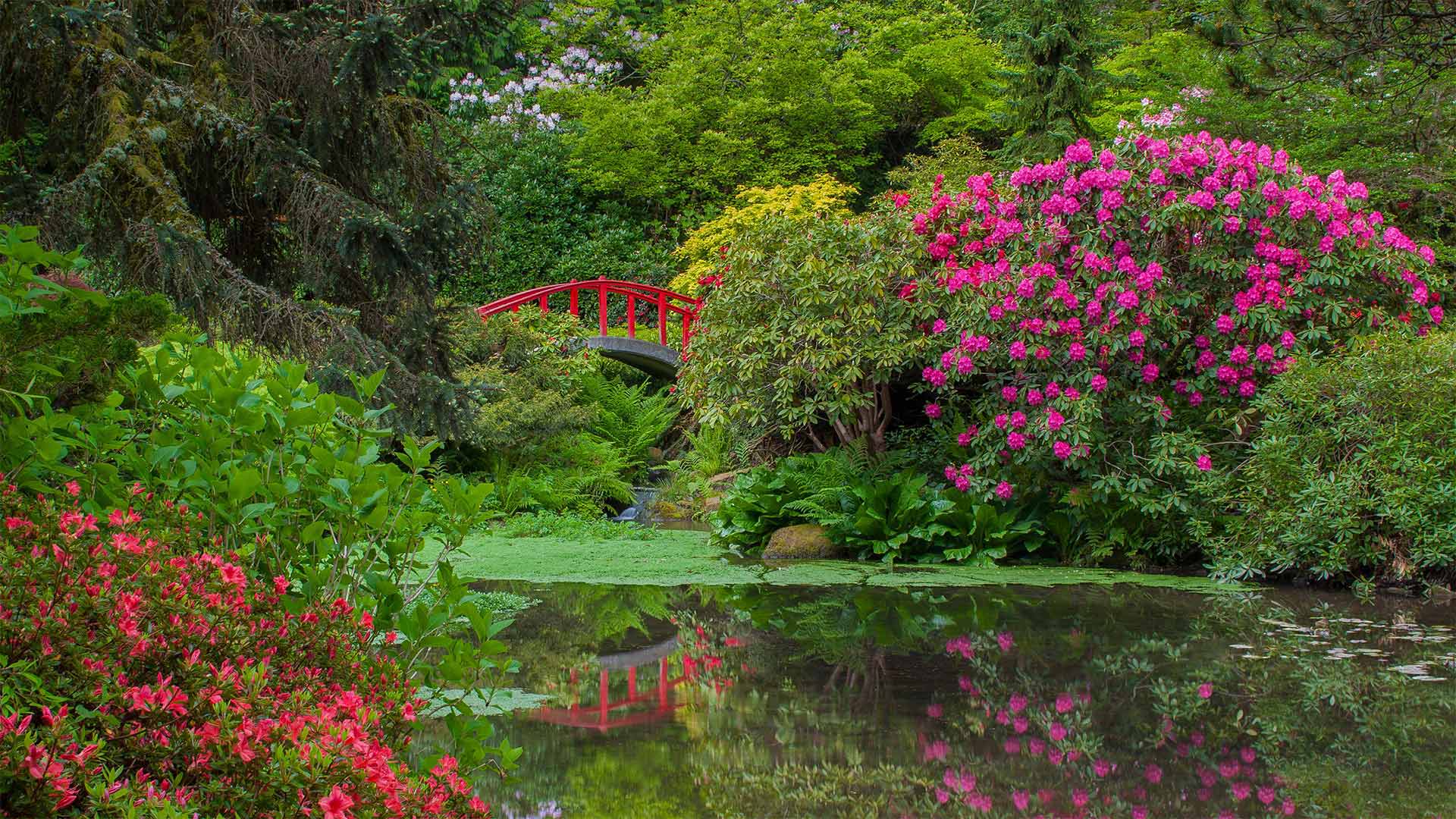
Rhododendrons and azaleas blooming around Moon Bridge, Kubota Garden, Seattle, Washington (© Mary Liz Austin/Alamy)
It's Asian Pacific American Heritage Month
As Asian Pacific American Heritage month kicks off today, we're visiting Kubota Garden in Seattle, part of the city's extensive park system. The 20-acre Japanese garden is tucked away in the Rainier Valley district—one of the traditional centers of Seattle's Asian American community.
The garden was founded on five acres of converted swampland by self-taught gardener Fujitaro Kubota, who emigrated from Japan in 1907. Founding his own gardening company in Seattle by 1923, he built a reputation by applying Japanese techniques to gardens across the still-young city. He established his namesake garden in 1927, and it quadrupled in acreage over the next decade. Later, during World War II, Kubota and other Japanese Americans were forced into internment camps and the garden was abandoned. But after the war, Kubota restored the garden and his business. He died in 1973, aged 94. But he lives on through his now-public garden, and as one example of the millions of Asian and Pacific Islander Americans who've helped build and beautify our nation.
